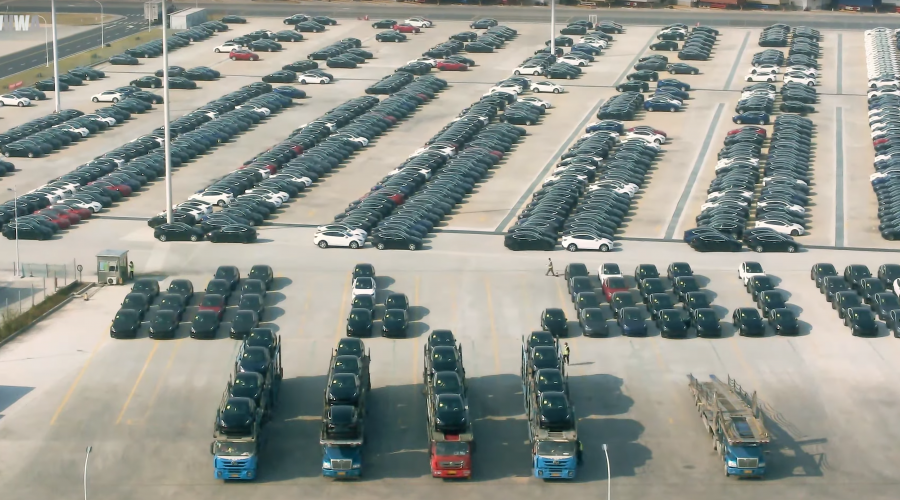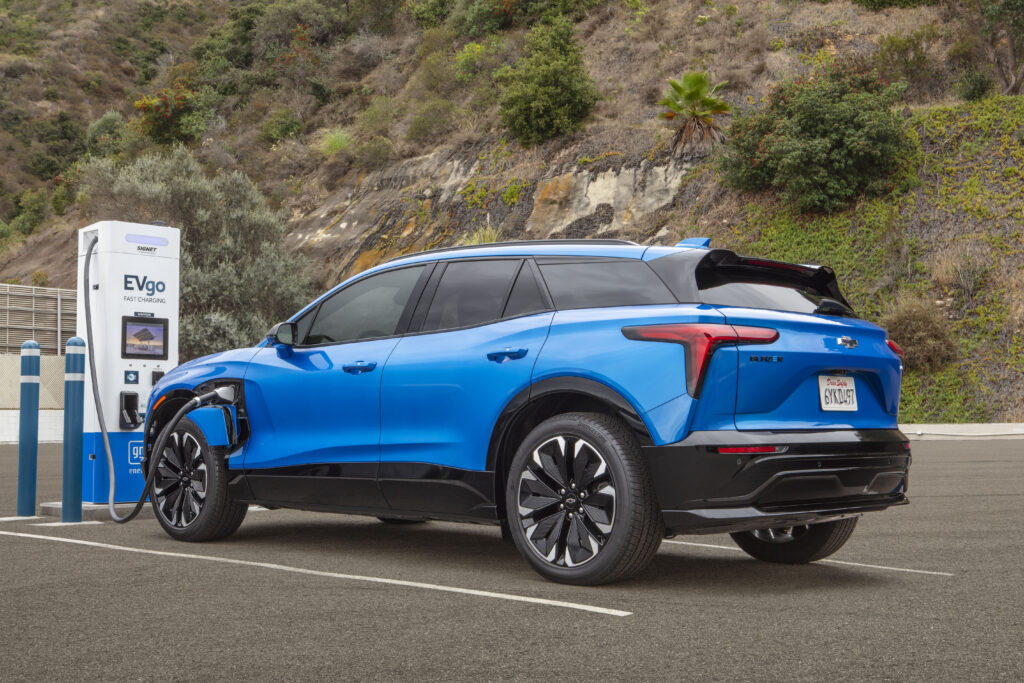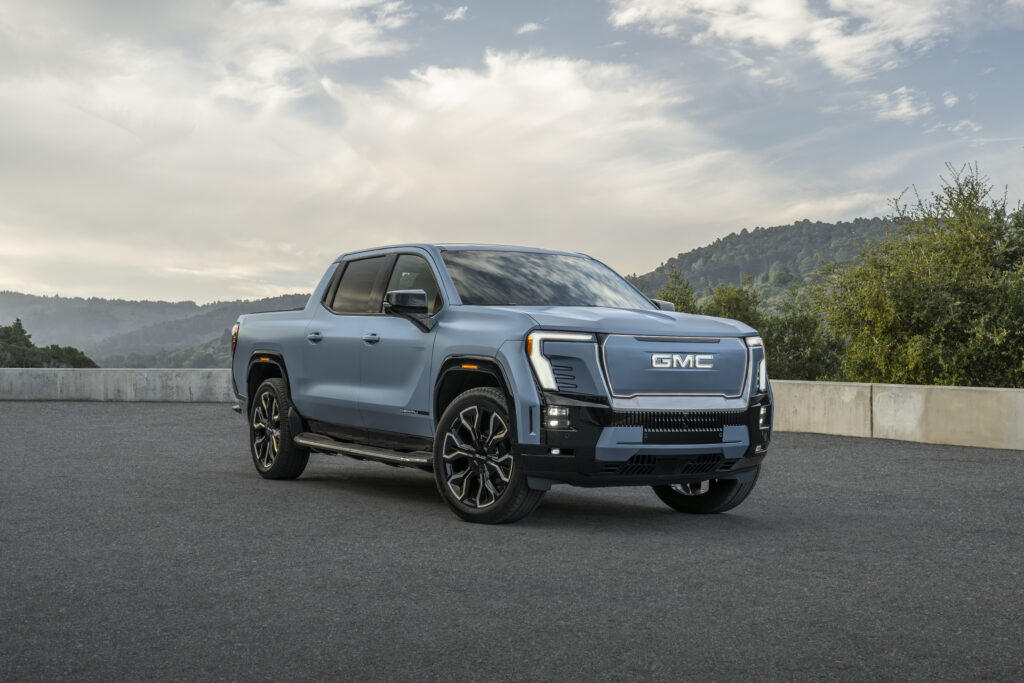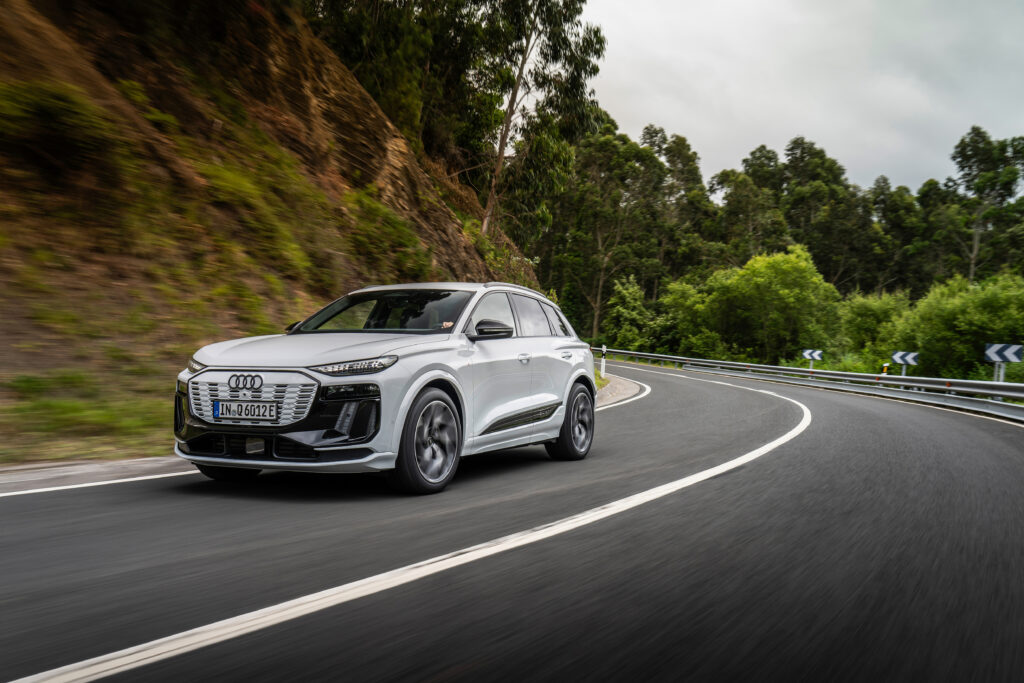The Canadian government’s decision on January 13 to indefinitely pause federal electric vehicle rebates has raised questions about the future of electrification in the country, but it could also signify a pivot in strategy that could still continue the EV moment.
Since 2019, the federal Incentives for Zero-Emission Vehicles (iZEV) program offered rebates of up to $5,000 to consumers purchasing electric vehicles (EVs). This initiative, combined with provincial rebates, helped catalyze the EV market. But after pressing the pause button, what does this mean for Canadian consumers and the broader EV ecosystem?
Firstly, let’s look at the U.S. President Donald Trump’s inauguration speech, which announced the end of the EV mandate, though he didn’t specify particulars.
In Canada, the current federal Liberal government strategies could be altered and possibly scrapped if the Progressive Conservative party is elected with a majority government.
What This Means for Consumers
At the consumer level, the loss of rebates will increase the upfront costs of purchasing a new EV. These rebates have bridged the price gap between EVs and their internal combustion engine (ICE) counterparts for years, making electric options more accessible. Without that support, environmentally conscious buyers might find themselves in a smaller market segment where ideology rather than economics drives decisions.
However, this shift could buoy used EVs’ values. With fewer new EVs entering the market, consumers may turn to pre-owned options, bolstering demand. But here’s the kicker: the used EV market is still developing. Limited supply and high demand could drive up prices, further challenging affordability for everyday buyers.
The Bigger Picture: Governments and Manufacturers Are Still All-In
While the conclusion of the federal rebate program might look like a step back, it doesn’t signal a lack of commitment. On the contrary, the alignment between governments and automakers on EV advancement remains clear. Investments like the NextStar Energy partnership, a $5 billion EV battery manufacturing plant in Ontario right in my backyard in Windsor, Ontario show that long-term electrification strategies are still very much in motion.
GM’s aggressive EV rollout and even Tesla’s dominance in the Canadian market all indicate manufacturers are doubling down on EVs. The challenge, however, lies in maintaining consumer momentum during this transitional phase.
Mandated Adoption: The Path Forward?
Governments can maintain progress without subsidies through mandates, specifically targeting commercial and fleet vehicles. Think last-mile delivery vans, corporate fleets, government vehicles and even rental vehicle fleets. Mandating that a percentage of rental fleets be electrified could double EV volumes in Canada, significantly boosting overall adoption. This could also incentivize rental companies through fleet-specific volume incentives, often known as “concessions”, making electrification financially viable for them.
Such mandates could also bolster the used EV marketplace by creating an unconventional supply of vehicles coming off rental use. This strategy would also take the onus off the backs of taxpayers, shifting the financial responsibility for electrification efforts to private rental companies, which would benefit from fleet-specific incentives and operational cost savings over time. These vehicles would quickly cycle into the pre-owned market, addressing the current supply gap and providing environmentally conscious buyers with more affordable options. Policymakers could use rental companies as the backbone of this strategy, achieving progress while allowing the private sector to shoulder part of the burden.

Here’s why this makes sense:
- Infrastructure Utilization: Fleets typically operate out of centralized depots, making them ideal for maximizing the efficiency of existing charging infrastructure.
- Predictable Demand for Automakers: Mandates guarantee steady orders, allowing manufacturers to scale production and reduce costs over time, eventually benefitting the consumer
- Urban Impact: Electrifying fleets that operate in dense urban areas, think delivery trucks, can significantly reduce emissions where it matters most. The environmentalists couldn’t help but love this math
For governments, this approach also offers a way to save face. After investing far too much, far too quickly, to let the EV push fail, mandates provide a politically viable way to maintain momentum while justifying the significant resources already allocated. Mandates allow them to tout progress while addressing political pressures and budget constraints. And for automakers, it provides stability in an otherwise volatile market.
Now what?
For individual buyers the message is clear: if you’re considering an EV, the sudden cancellation of federal rebates makes acting fast no longer an option.
For fleet operators and businesses, this could be a moment of opportunity. Governments potentially mandating fleet electrification might open doors to funding or tax breaks for early adopters. Companies that embrace electrification now may not only be ahead of the curve but could also gain a competitive edge as policies evolve.
Looking Ahead
Ultimately, this isn’t the end of Canada’s EV push, it’s a pivot. The long-term goal remains the same – a cleaner, greener future. The road there might look different but make no mistake we’re still on the way.
Bob Manor is Co-Founder of Auto Auction Review and Founder of Can-Am Dealer Services. His website is BobManor.com.















